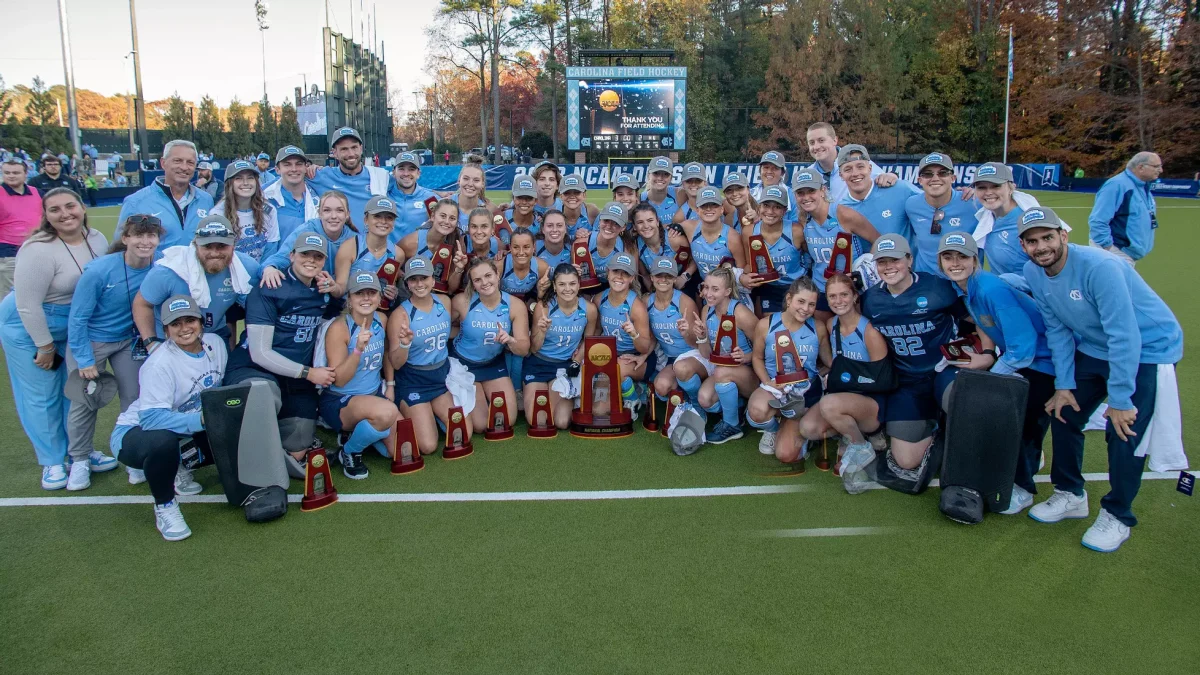“Our State, Our Wellbeing” searched for solutions to suicide
Leader Anita Brown-Graham reflects on Carolina Across 100’s yearlong program focused on mental health.

Three words, displayed with photos of program participants at June’s statewide summit on suicide prevention, summed up Carolina Across 100’s yearlong “Our State, Our Wellbeing” program: “WE SEE YOU.”
“That was completely the idea of our students,” said Anita Brown-Graham, the Gladys Hall Coates Distinguished Professor of Public Law and Government and director of the School of Government’s ncIMPACT Initiative.
Carolina Across 100 uses the University’s expertise and resources to improve the lives of North Carolinians. After its first program on employment (“Our State, Our Work”), the initiative turned its attention to helping communities across the state find solutions to suicide.
Brown-Graham answered questions about the “Our State, Our Wellbeing” program.
Why did this program focus on suicide prevention?
We spent our first year surveying and talking to people across the state. We had two questions: “What are you worried about?” The second was, “Of those challenges, where do you think UNC-Chapel Hill could be helpful?” It won’t surprise anybody that mental well-being was one of those top challenges.
How beneficial was it to partner with the UNC Suicide Prevention Institute on this program?
We walked into our partnership with the Suicide Prevention Institute with faculty and staff from all over campus who were already working on the issues that were important to this program. It was an amazing gift that somebody had already done that work for us.

Nearly 400 people from 61 North Carolina counties attended Carolina Across 100’s statewide summit on suicide prevention at the Friday Center on June 13. (Carolina Across 100)
This work involved supporting community teams from 24 counties across the state. What did you hear consistently from them?
First, I think while we knew that suicidality had become a primary issue in North Carolina, we didn’t fully recognize until we started this work it was affecting everyone everywhere. We also did not recognize how many places lacked the resources to respond to the issues we are facing. It is heartbreaking to talk to people in a county who say, “We don’t have a single person who specializes in child mental health.”
How did it benefit community teams to learn from other groups across the state?
We bring these teams together and expose them to experts, and that’s helpful. But every survey we do of the teams suggests that what’s most helpful is connecting them to each other and their increased understanding of what other communities are going through and what their breakthroughs are. There’s nothing more empowering than hearing, “You were able to get your school system on board? How did you do that?” That’s the expertise we don’t have on campus. That comes from peers.
How have communities implemented ideas they learned through the program to make progress?
We had an expert who came to talk to teams about the lethality of guns as a means of suicide. The conversation wasn’t about whether people have the right to have guns under the Second Amendment. It was simply, “What does gun safety mean for suicide rates?” I was blown away by the number of teams who latched on to this as low-hanging fruit. Their question: If we can promote more gun safety, how many suicides might we be able to prevent?
In another example, one of the first teams I talked to was out of Mooresville. I remember them saying, “There are four of us doing this work, and we just can’t figure out how to attract more people.” At the summit, they were telling me that they held a community event, and 61 people signed up to be a part of their team. In my mind, that’s the mark of their brilliant success. New strategies and partners will fuel this work forward to save lives.







